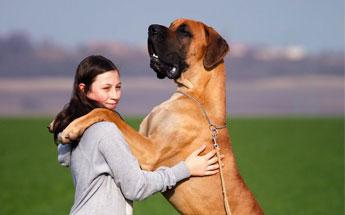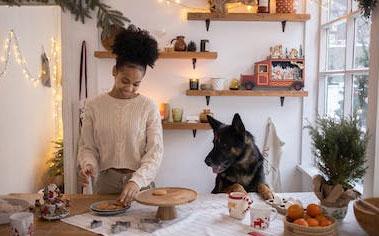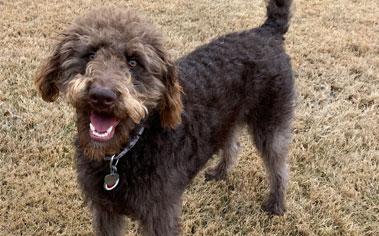Why should you use a crate?
- A crate can be an invaluable tool for teaching a dog to eliminate outside of the house, and is one of the quickest ways to help housetrain a dog.
- A crate can provide a safe haven for your dog when you need to be away from the house, or are too busy to supervise your dog.
When should you not use a crate?
- If you are trying to punish your dog – the dog will learn to avoid the crate and refuse to go inside, or he will become extremely agitated in an attempt to be let out of the crate.
- If you are looking for a long-term place to “store” your dog for hours and hours on end. Ideally, an adult dog should not be left in a crate for more than four to five hours at a time. For puppies, you cannot leave them in the crate longer than their physical bladder capacity, which depending on their age and breed can be no more than an hour or so.
Using crates to housetrain your dog:
You can expect to teach an adult dog housetraining within three to five days using a crate. Puppies, of course, will take longer due to their smaller bladder capability. The more consistent you are, the more you will see a difference.
Your dog or puppy should be kept in the crate any time that you cannot watch it 100%. This means that you are able to watch the dog at ALL times and move him quickly outside if he starts to eliminate. Keep puppy/dog Wee Wee Pads in the crate in case of accidents. If your attention will be divided by tasks like cooking, talking on the phone, watching TV, etc., then do not crate the dog. Rather, use the “umbilical cord” method. Use the dog’s leash to tie the dog to you, either by looping the leash around your waist, or through your belt or a belt holder on your pants.
For puppies, release them from the crate approximately once every hour or so. You can go for longer but the more opportunities you give the puppy to be reinforced for going outside, the quicker they will learn. Take them IMMEDIATELY outside by running with them on-leash to your door and outside. Have some especially good treats on hand when you do this. When you are outside, try to stand in one general area and give your dog the cue (Go Potty!). Most puppies will eliminate within five minutes of taking them outside.
If the puppy eliminates, give him some of the treats, praise him calmly and happily, and take him back inside. It is ok to let the puppy run loose in the house, as long as he is supervised by you 100%. After about an hour, you can put him back in the crate, and restart the whole process again within the hour.
If the puppy does not eliminate, take him back inside and put him in the crate for another 10 min. Say nothing to him and do not give him treats. Then take him back outside to the same place and try again.
If you are consistent with this pattern, your puppy will quickly learn that if he holds his urine and feces until you take him outside, not only will he get relief and be able to eliminate, but he will get a treat as well. As your puppy or dog starts to demonstrate that he has learned the “rules” you can begin to phase out the food treats and replace with praise and petting, or play time with you or with a toy.
©2017 Pet Sitters International, Inc.
This is the first of a three part series, sign up for our newsletter to get this and follow up tips straight to your email inbox.





